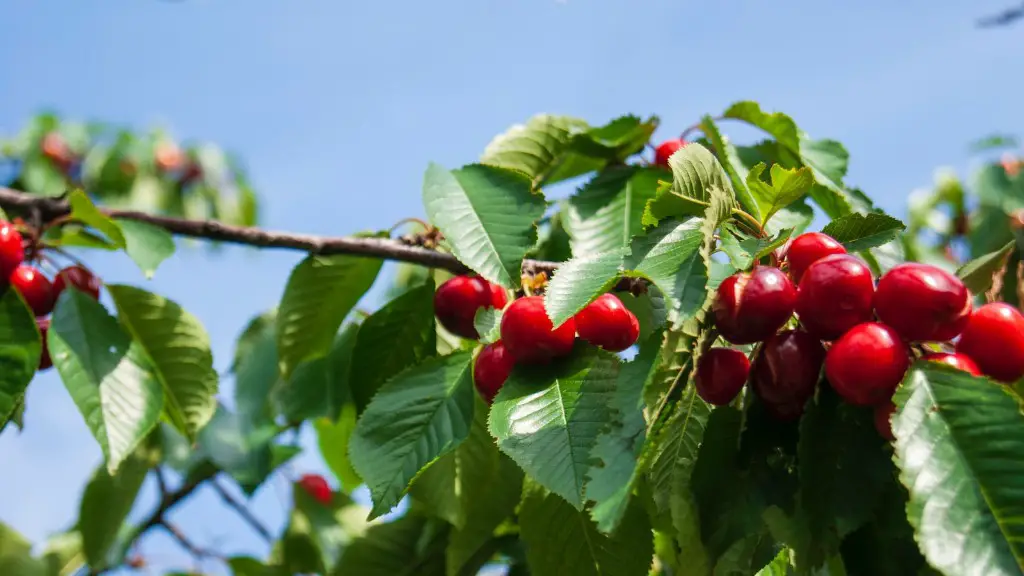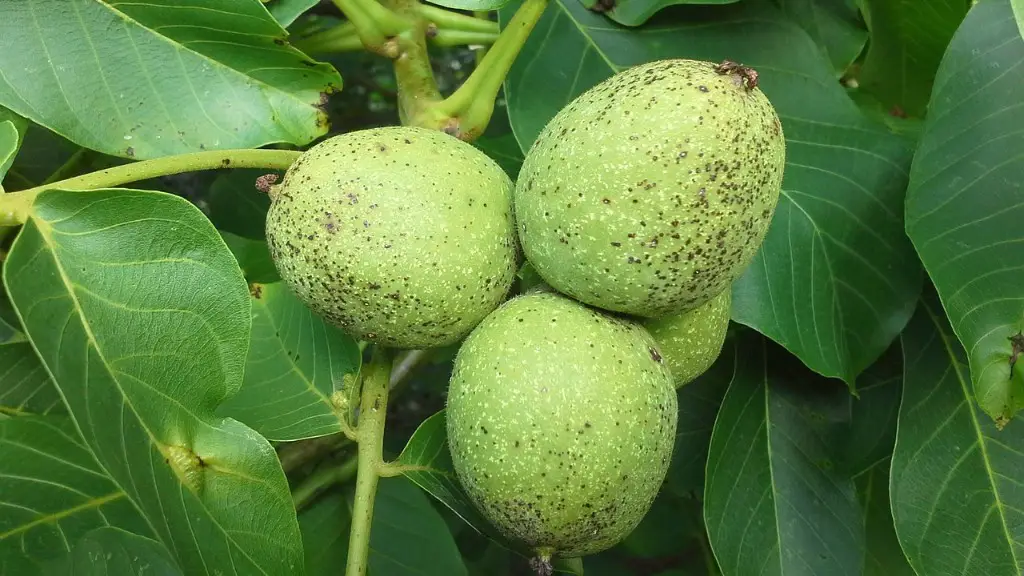Careful Selection
Choosing the right avocado for your bonsai project is essential. Avocado trees come in various sizes and shapes, and the best candidate will depend on the style of bonsai you want to create. According to experts, the ideal choice is a small, thin-skinned variety with thick foliage. Also, it is important to select a healthy tree with no visible signs of disease. Carefully inspect the leaves and branches, and look for small insect infestations.
Another important factor to consider is the shape of the trunk. The trunk should be straight, with a compact growth habit. It should not have any dead or twisted branches. The tree should also have a good balance of foliage and branches, so that it looks naturally shaped.
Pot and Soil Selection
When selecting a pot for your avocado bonsai tree, size is also an important consideration. Choose a pot that is larger than your desired tree size, as you can always trim and prune the tree’s growth in order to maintain its size. A shallow pot with good drainage is preferable, as a deeper pot can trap excess moisture and cause root rot. When it comes to the soil, a well-draining potting mix should be used. A potting mix specifically designed for bonsai trees is optimal, as this type of soil has the right amount of nutrients and drainage.
You also need to add a layer of grit or coarse sand to the potting mix, as this will help to aerate the roots and keep the moisture levels balanced. You can also add some fertilizer at this stage to give your bonsai tree the nutrition it needs.
Daily Care Requirements
Once the potting stage is complete, the tree will need regular care and maintenance. Watering is essential, as the tree should never be allowed to become too dry. A good guide is to water thoroughly once or twice a week, depending on the conditions. To check if your tree is getting enough water, feel the soil with your fingers and look at the color of the leaves. If the leaves are turning yellow, then you may need to water more often.
Fertilizing is also important in order to provide your tree with the right nutrients. An organic fertilizer can be used, or an all-purpose fertilizer if the soil is nutrient-poor. If possible, fertilize only when the tree is actively growing in the spring and summer. Pruning should also be done regularly to ensure that the tree remains in its desired shape. This will help to maintain its size and promote new growth.
Outdoor or Indoor Placement
Avocado bonsai trees can be kept both indoors and outdoors, depending on the environment and the climate. If you want to keep your tree inside, it is best to place it in a spot that is free from extreme temperatures and direct sunlight. A window sill that receives indirect light is ideal. If you are keeping your tree outdoors, it should be placed in a semi-shaded spot away from strong winds or direct sunlight.
Outdoor avocado bonsai trees need more protection from the weather, so you should ensure that they have shelter from the cold and frost. The tree should also have adequate drainage covered by a mulch of stones, pebbles or chips. This helps to maintain the soil’s moisture levels and prevent root rot. Misting the leaves is also beneficial, as this helps to keep the humidity high and prevents leaves from drying out.
Repotting
Even though repotting is not always necessary, it is recommended every two to three years. Root pruning may be required in order to keep the tree growth in check, and a new pot should be used. Use a well-draining potting mix and make sure to remove any dead or damaged roots when repotting. A weed barrier or a layer of gravel at the base of the pot will help to keep the soil in place.
You can also use this time to prune the branches or shape the tree. This will encourage the tree to start growing outwards and give it a proper shape. Once your bonsai tree is settled in its new pot, you may need to water it more often in order to readjust the water and nutrient levels.
Protect From Diseases
Caring for an avocado bonsai tree is easy but there are some diseases and pests that can damage the plant. The most common problems are root rot and root pests like nematodes. To prevent this, make sure to inspect the roots and leaves regularly and look for any signs of infestations.
Once an infestation is spotted, you can use organic treatments to eliminate the pests and restore the health of the tree. If the problem persists, you may need to apply pesticide treatments to get rid of the pests and disease. However, you should always take precautions when applying any kind of chemical treatments to your bonsai tree.
Pruning and Shaping
If you want to create a unique bonsai tree, you will need to do a lot of pruning and shaping. This should be done regularly, as it helps to keep the tree in its desired size and shape. Start by trimming off any dead or twisted branches, then carefully prune the foliage to encourage the tree to grow into a specific shape.
You can also wire the branches to help train them into the desired shape. This will help to encourage growth and maintain the size of the tree. To finish off, use a sharp pair of scissors to trim and style the foliage, as this will help to accentuate the aesthetic of your bonsai tree.
Feeding and Fertilizing
Regular feeding and fertilizing are essential for the health of your avocado bonsai tree. However, the exact requirements will depend on the age, size, and environment of the tree. As such, it is important to monitor the health of your tree, and adjust the feeding and fertilizing schedule accordingly.
For starters, a balanced mixture of organic fertilizer should be used, as this will provide the tree with a variety of nutrients. Make sure to follow the instructions on the packaging, and fertilize more often in the spring and summer when the tree is actively growing. Also, make sure to add organic matter to the soil throughout the season in order to maintain the fertility levels.
Pest and Disease Prevention
Avocado bonsai trees can be affected by a variety of pests and diseases. It is important to inspect the tree from time to time and look for any signs of infestations. Common pests that can affect avocado bonsai trees include mealybugs, aphids, scale insects, and mites. These can be treated with organic treatments or pesticides, depending on the severity of the infestation.
Unfortunately, diseases can also affect avocado trees, and these can be difficult to cure. Common diseases include root rot, leaf spot, and powdery mildew. Regular inspection and maintenance is the best way to prevent any kind of disease, and it is important to act quickly if any signs of infestations are spotted.
Conclusion
Creating an avocado bonsai tree is a rewarding and enjoyable experience that requires attention to detail and regular maintenance. Before starting your project, make sure to select and pot the right avocado tree, and add a layer of organic matter to the soil. Once the tree is in place, it is important to water regularly, fertilize, and prune and shape the tree in order to maintain its size and shape.
The tree should also be inspected regularly for pests and disease. Finally, it is important to protect the tree from extreme temperatures, strong winds, and direct sunlight. With the right tools and knowledge, you can create a beautiful avocado bonsai tree that will look great for many years.




